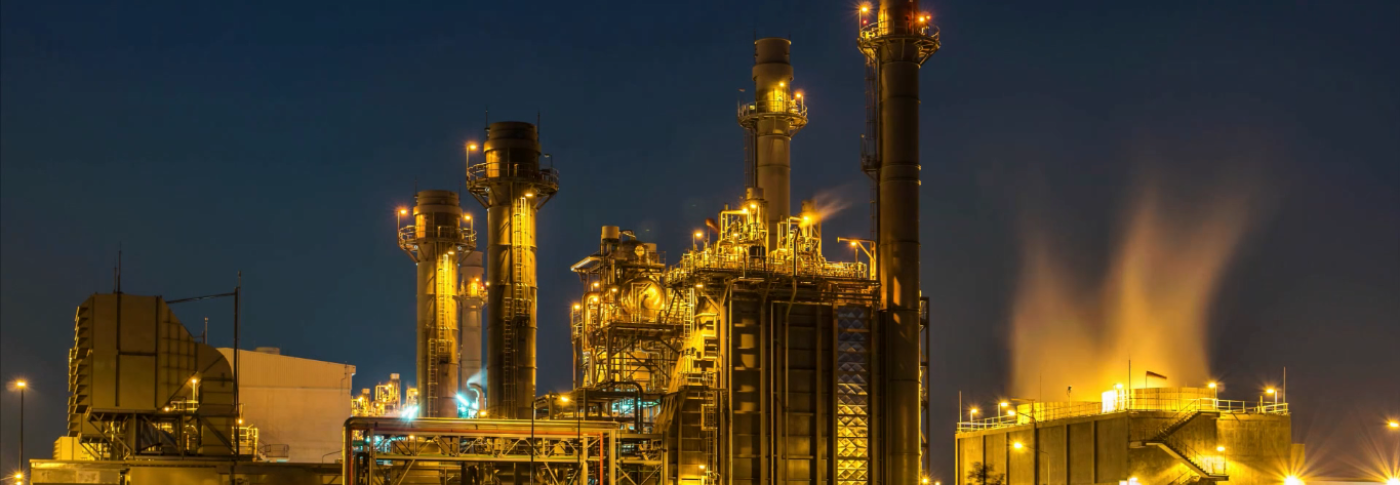Generators connect onto the network in two ways – either as transmission connected generation or embedded generation.
It can help to think of it like our roads network. The transmission network is the motorway network which takes high voltage electricity around Great Britain, while the distribution network is the smaller B roads, piping electricity locally into towns and cities at a lower voltage.
Transmission connected generation means the generator feeds straight into the transmission network (the motorways).
It's almost always large-scale generators who connect in this way, such as coal-fired power stations. Other types of transmission connected generation include onshore and offshore wind farms, nuclear, hydro, gas, biomass and battery storage.
At National Grid ESO, we have visibility of all transmission connected generation and around 70% of Great Britain’s electricity connects in this way. However, we don’t have sight of embedded generation. So for example, if a small embedded solar farm started producing electricity, the ESO would not see an increase in supply, but rather a reduction in demand, because it connected onto the network at a local level.
This is important because in order to balance generation and demand, the ESO conducts close to real-time demand forecasting to predict the minute-by-minute demand change. When we can see the generation available, it helps us with our balancing role.
We only expect to see more types of embedded generation in the future as renewable generation becomes more common. This is a good thing, because it helps us towards a carbon free future. But it makes the network for more challenging for the ESO to operate.

